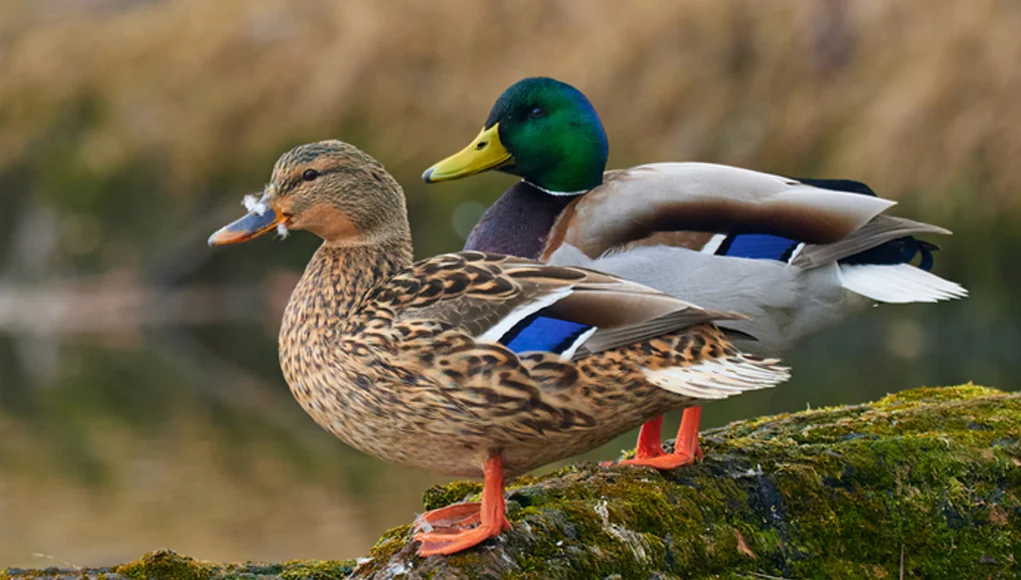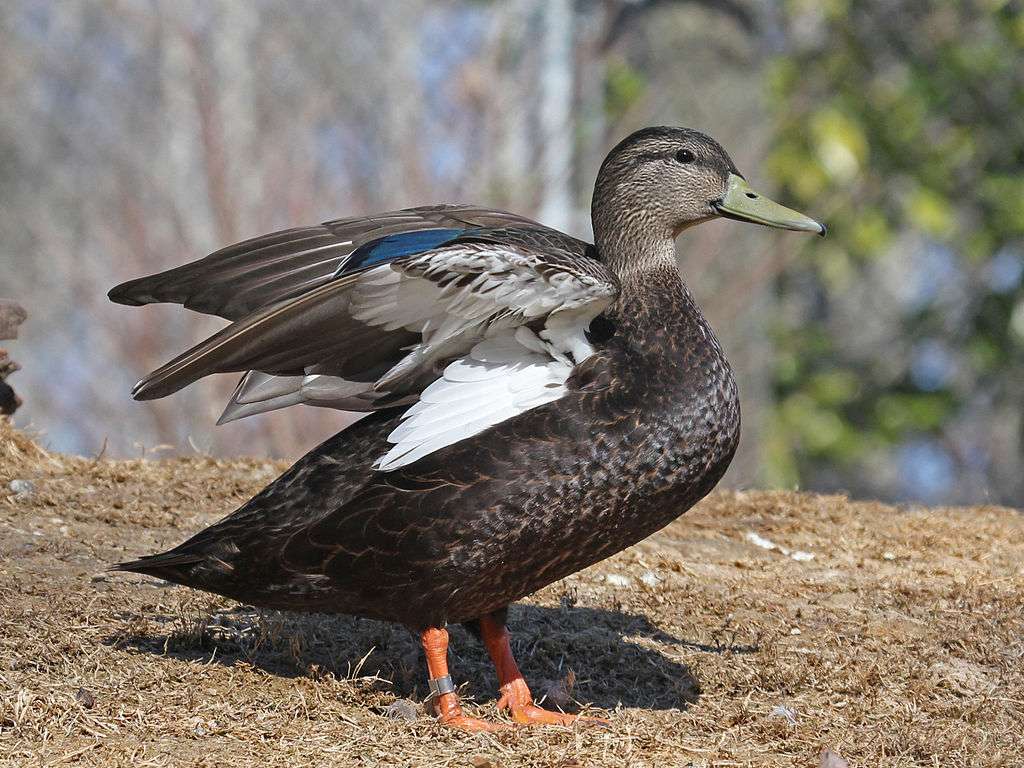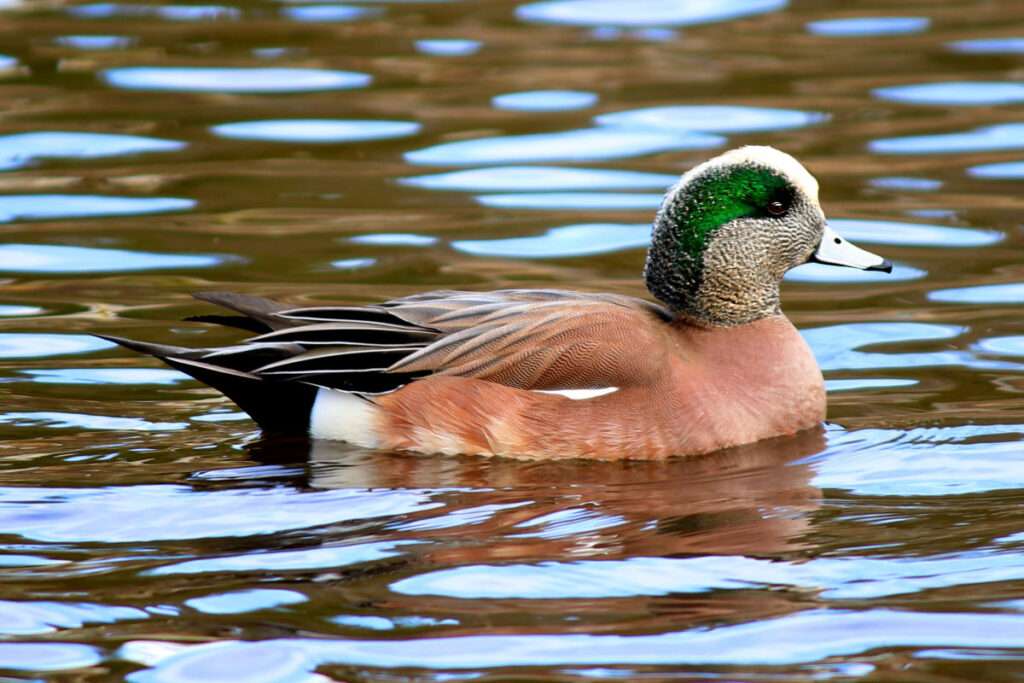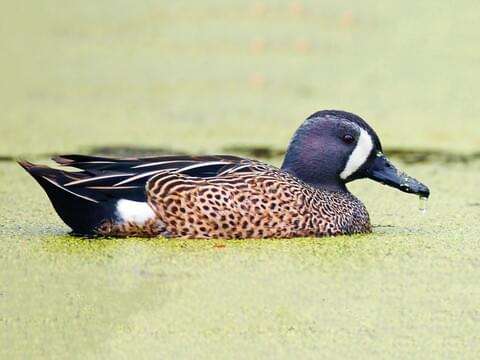
An imported species in New Zealand, Australia, Peru, Brazil, Uruguay, Argentina, Chile, Colombia, the Falkland Islands, and South Africa, the mallard or wild duck (Anas platyrhynchos) breeds throughout temperate and subtropical Americas, Eurasia, and North Africa.
Fun Facts
- The female mallard lays five to fourteen light green eggs, which she takes care of for 30 days.
- As soon as the ducklings’ delicate, downy feathers are dry, they are led to the water. About two months after hatching, they learn to fly.
- The average lifespan of a mallard duck is one to two years, but some can live up to 16 years!
- When swimming, mallards hold their tails above the surface. They have the ability to leap out of the water and into the air when startled.
Description
One of the most well-known duck species and the ancestor of many domestic varieties is the mallard. Several different populations have developed because of its extensive range. The white neck-ring of the male mallard contrasts with the gray sides, brownish back, black rump, and black upper- and under-tail coverts while separating the green head from the chestnut-brown chest. The outer tail feathers are white, and the violet-blue speculum is bordered by black and white. Legs and feet are coral-red, and the bill is yellow to yellowish-green. The violet speculum of the female mallard is bordered by black and white and has a mottled, brownish appearance.

Predators
Mallards must avoid a broad variety of predators in addition to human hunters. These include raptors and owls, corvids, mustelids, snakes, opossums, skunks, raccoons, turtles, large fish, felids, and canids, the last two of which include domestic dogs.
Diet
Omnivorous. Acorns and other tree seeds, various waste grains, as well as the seeds, stems, and roots of numerous other plants, including sedges, grasses, pondweeds, and smartweeds, make up the majority of the diet. Eat mollusks, earthworms, tiny fish, tadpoles, frogs, and crabs as well. Young ducklings will probably eat aquatic insects.
Habitat
Whether natural or man-made, mallards can dwell in practically any wetland environment. Look for them in backyards, city and suburban parks, and coastal ecosystems such as lakes, ponds, marshes, rivers, and coastal environments.
As Pet
Despite being widespread and descended from domesticated ducks, mallards are still wild. These birds can be retained, but to prevent them from escaping during their scheduled migration, their wings will need to be trimmed. You should use caution when around mallard nests because they have a history of being quite aggressive and vengeful.
Table





